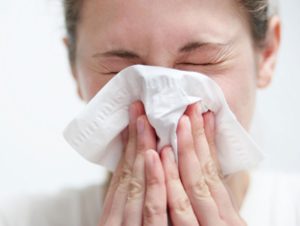Is it normal to get unwell after flying?
In this article we will debate whether it is normal to get unwell after flying.
 .
.
Over 5 billion people now fly every year. This is not far off the world’s current population of 7.9 billion. Small studies suggest 20% of people developed upper respiratory tract symptoms within a week of commercial air travel. Furthermore, we know that severe respiratory diseases such as SARS (2003) and MERS (2012) were spread via commercial flights. One study demonstrated high rates of respiratory illnesses amongst flight attendants.
What are the possible causes?
- Spread of airborne droplets between passengers within an enclosed space for a prolonged period of time
- Spread of airborne droplets in the airport (also an overcrowded space with limited ventilation)
- Ability to fly between countries within 24 hours – this is less than the incubation period for most respiratory illnesses. Infection could have been caught prior to travel
- Exposure to new viruses and bacteria in destination
- Possible impaired immune system following a commercial flight
- Disrupted sleep-wake cycle during long haul flights affecting immune function
- Over-reporting of symptoms in small cohort studies
What measures are in place to prevent spread during a commercial flight?
- Pre-flight screening of unwell individuals – quarantine or isolation of infected individuals
- Compulsory vaccination passports (a method used during the COVID-19 pandemic)
- Air within a plane is a combination of conditioned external air and circulated, filtered air from within the cabin itself.
- Most aeroplanes have two layers of air filtration:
- 1st- traps large particles
- 2nd- High Efficiency Particular Air (HEPA) filters 99.97% of smaller particles and the remaining larger particles
- Regular air changes throughout the flight- usually around 10-15 per hour
- Cabin airflow is typically side to side and usually split into seat rows. For example row 1-6 will share the same air flow whilst row 7-12 will share a separate airflow. Theoretically this limits the airflow and movement of particles throughout the plane.
Summary
We have discussed the possible causes of reported respiratory illness following commercial flights.
Other resources
MyHSN has related articles.
What is the difference between bacteria and viruses?
What are the 4 types of infectious disease?
When should I see a doctor about a cold sore?
What are 10 important common infections?

